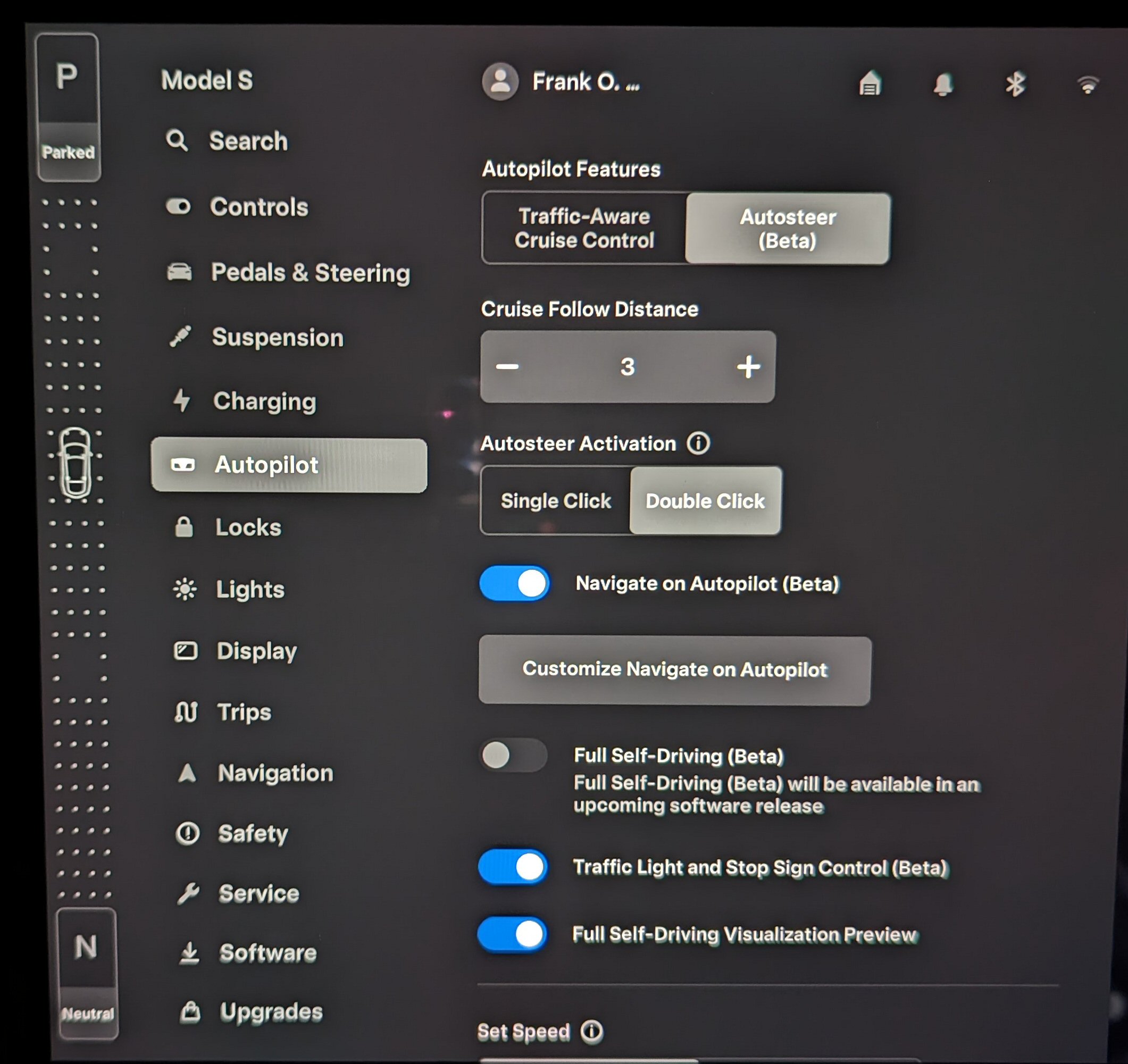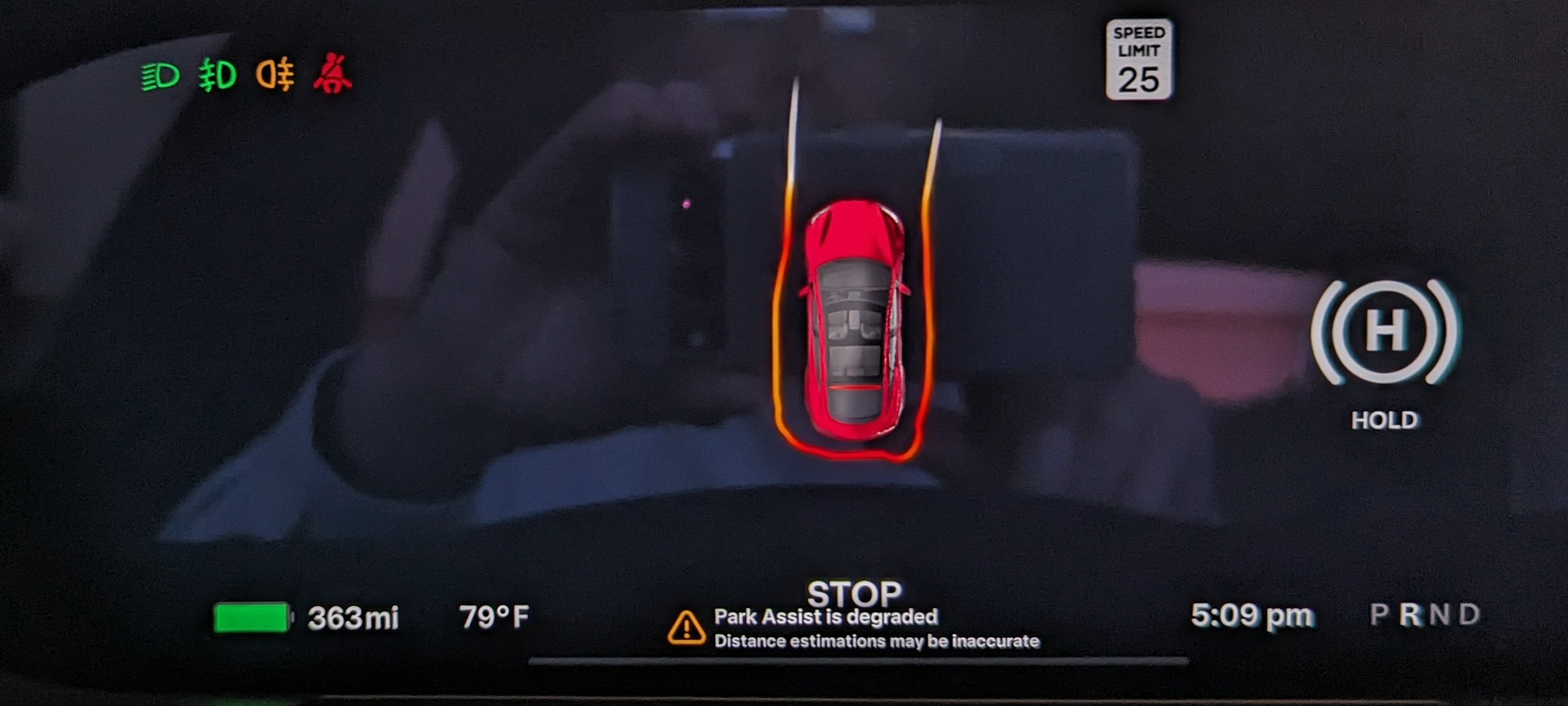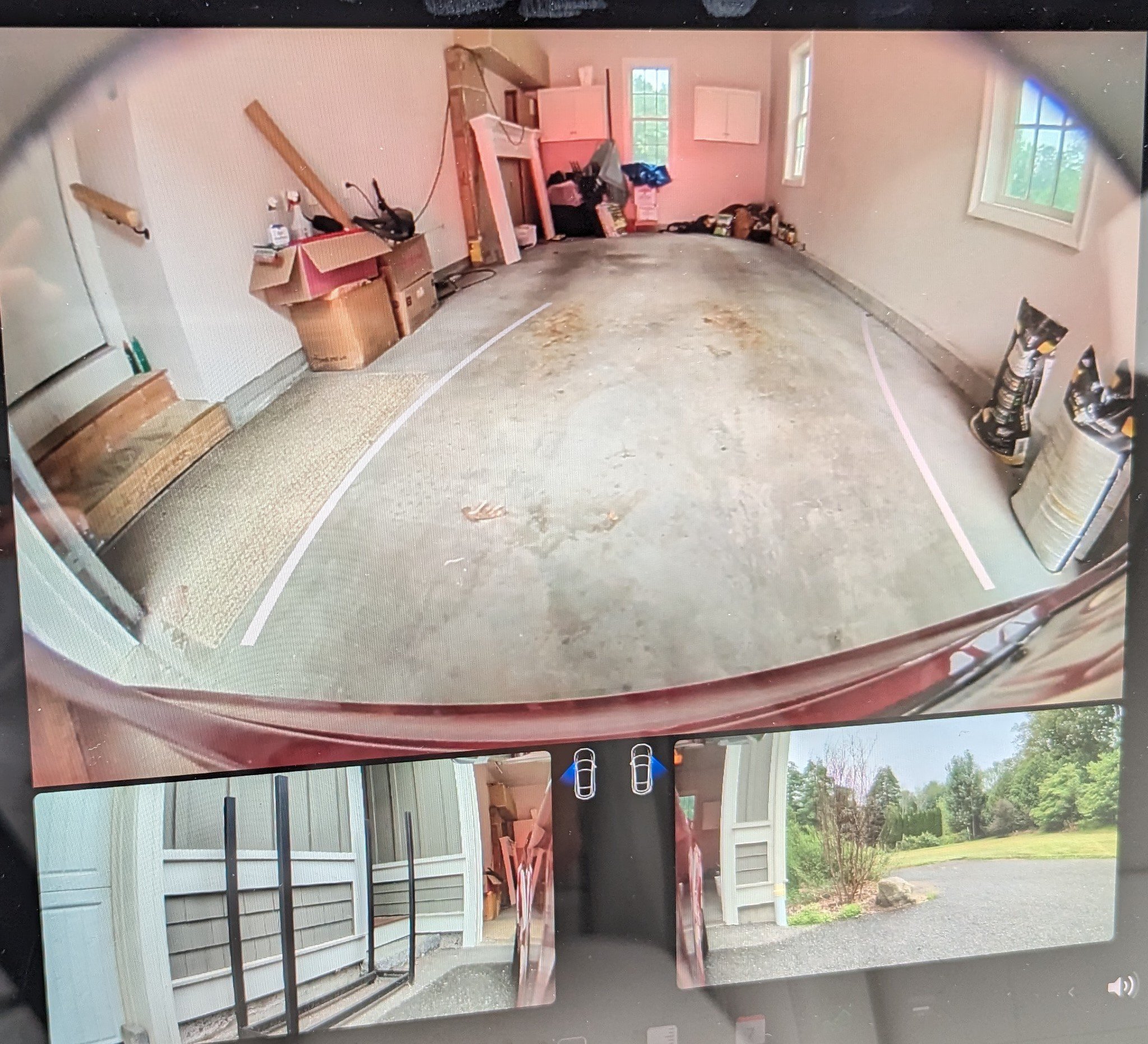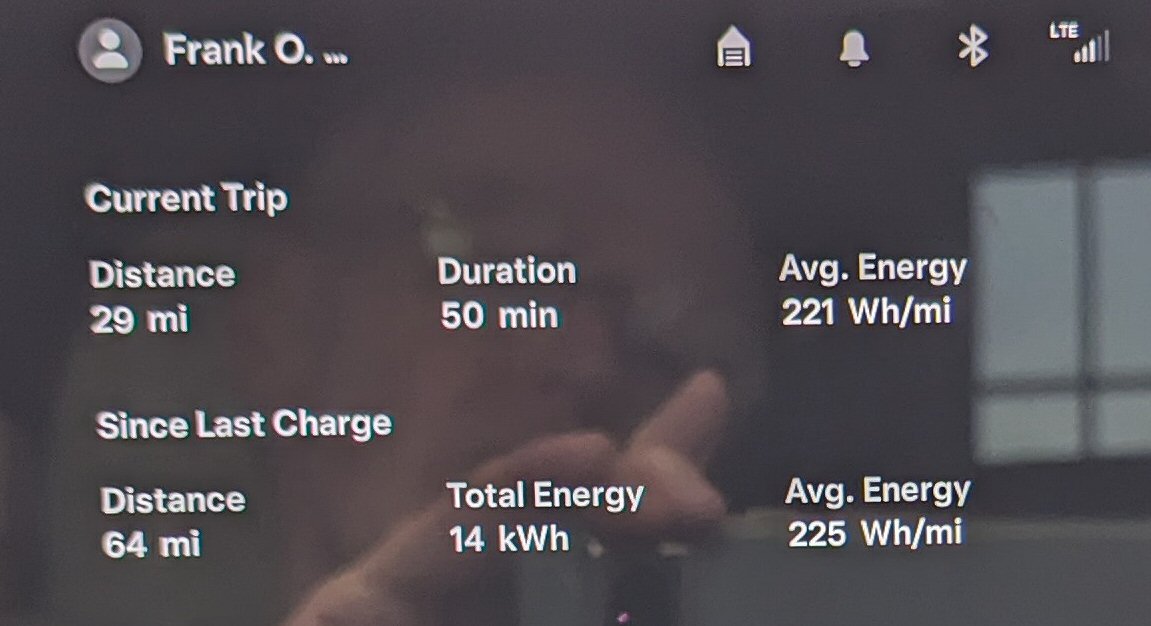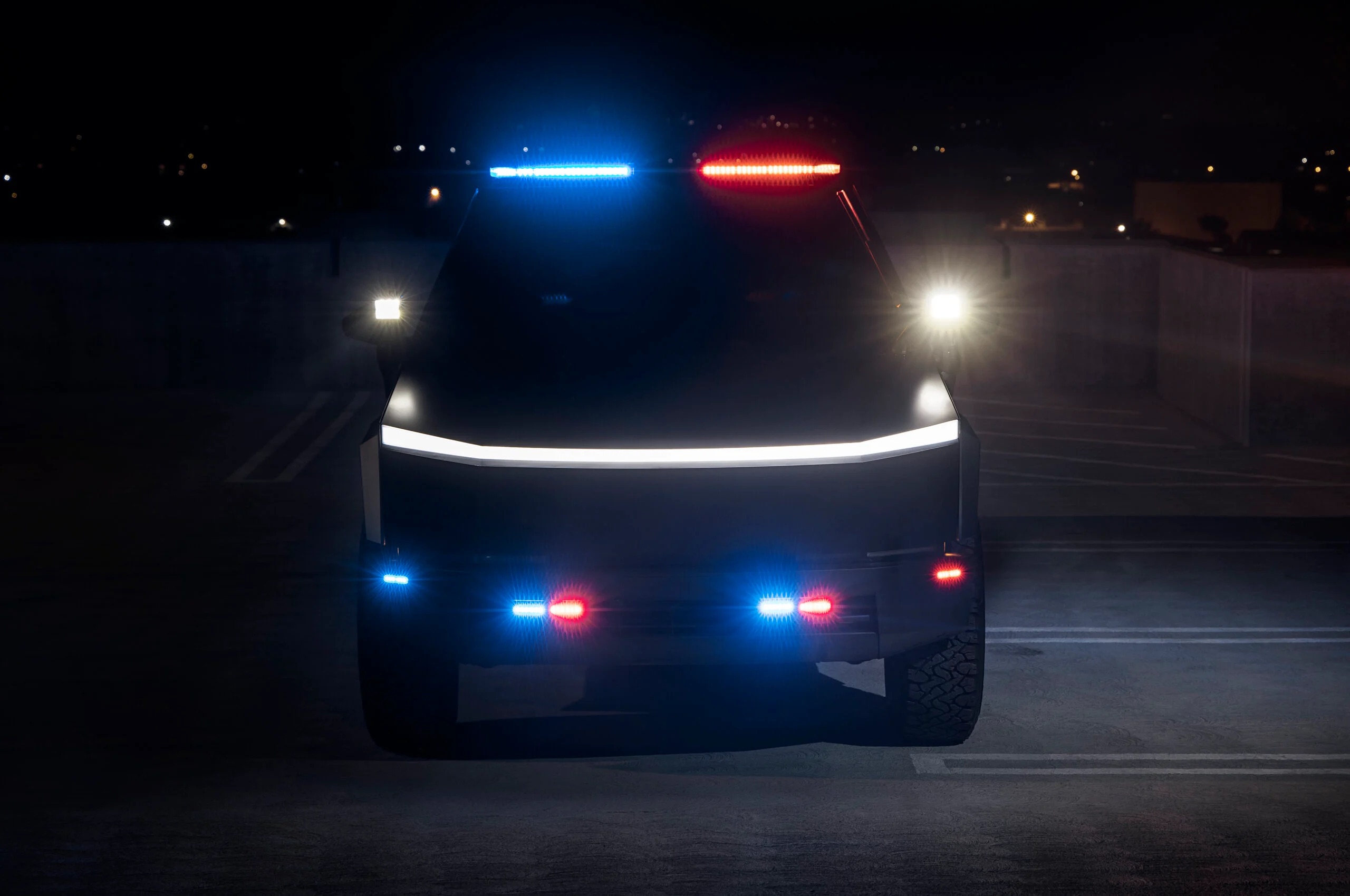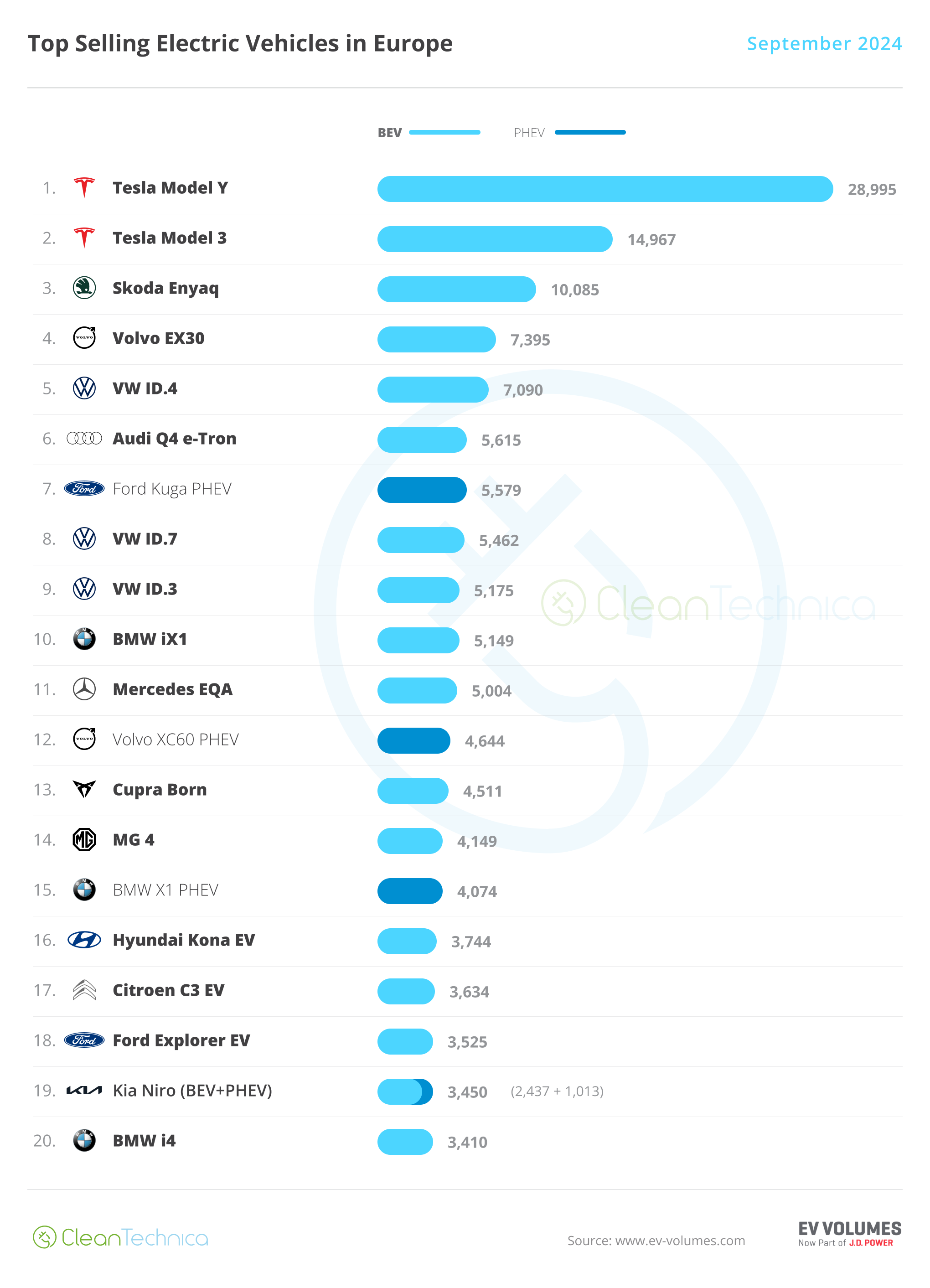
Saturday I took delivery of an inventory Model S with “Hardware Version Four.” I specifically wanted Hardware V4. (The car is, ahem, “Ultra-red,” and almost needs sunglasses to gaze upon. 🙂 It was what they had in inventory with Hardware 4.) I also wanted to take advantage of Elon’s one-time offer to transfer my FSD from the old car to the new one. Tesla has previously stated that FSD stays with the car, not the human.
No Autopilot Even??
Immediate observations:
The central screen tilts. I definitely like this!
This is my third Model S, and there was definitely considerably more leg room in this one, something I have not seen mentioned. I usually run the seat as high as possible and as far back as possible. Not this time. (I am 5’10,” not exceptionally tall.) I did not test the limits. This is a much more comfortable fit, although it is not yet clear to me what was changed.
Although I successfully “transferred my FSD” to this car, and it shows on screen, amazingly, while sitting in the car at Tesla Dedham, before I drove off, and while driving:
- Adaptive Cruise control was not available.
- Autosteer was not available.
- None of the advanced Autopilot features were available.
- Traffic Light and Stop Sign Control (Beta) were not available.
- FSD could not be activated!
I thought this was a bit weird. I asked before I left and was told the “cameras had to calibrate.” I have several thoughts about this. One is that American culture wants it NOW, and this is not going to play well in Peoria. I also suspect this is temporary. I expand on this below, as it appears to me that there are interesting implications based on what I just experienced. [Editor’s note: This is standard with any new Tesla. The cameras have to “watch” a bit before these driver-assist systems are able to work properly. It was the same with my brand new 2019 Tesla Model 3 when I received it 4 years ago.]
Summon Ye — What?
Another observation, there is no Summon to be found. It has disappeared. I have been using that since 2016, mostly to center the car better in parking spaces (remember, I am an old fossil). When I looked it up, it seems that Summon has been disabled on cars with no ultrasound and vision systems only, pending software updates. [Editor’s note: WHAT?!?!? I had not heard this, and it’s pretty wild. I’m curious to see how this evolves.]
You Can, But You May Not (Transfer & Use FSD)
I drove up to a friend’s garage to get the requisite state inspection sticker (34 miles), and sure enough, FSD became un-grayed out enough for me to read what it was saying: “Full Self Driving (Beta). Full Self Driving (Beta) will be available in an upcoming software release!!!!”
So, I was indeed able to transfer my FSD from the old car to the new one. I have the right to use it. But I may not use it until the software catches up. Argh! This confirms that there are some major changes in Hardware 4, beyond just improving the cameras and (I hope) adding the SAR (see below) on the front. I don’t think it is calibration limited, as this thing is clearly calibrating itself locally, so there must have been some really major changes to the FSD software stack for this hardware. I am not happy about this at all — I used FSD constantly, warts and all. But I know this is how Tesla does things, and I will just have to be super careful until I get this back. I certainly hope I don’t have to wait until next year, but I have a sneaking suspicion that this clear self-calibration that I am seeing is just the first step in the rewrite of the FSD software stack that is described in more detail below, and I think confirms what Ashok Elluswamy said in his presentation below.
SAR What?
This hardware version is supposed to have an Arbe Phoenix SAR (synthetic aperture radar). Elon has stated numerous times that the vision-only system is all we need to exceed human safety, so why is this not mentioned, and who cares? (Note: I am not yet convinced it is really there, and I am not going to pull the bumper off to see!) I suspect it is not mentioned because Elon has a big ego, clearly required to accomplish all that he has done, and prefers not to say anything about it. A big ego is not a negative in this case at all. Why do I care? A 72 GHz SAR can see better at night, and further in rain, fog, and snow, plain and simple. It can detect a person in black clothes in pitch black dark. While thermal infrared can do that too, the SAR could also detect a stray chunk of concrete in a like manner! A SAR will make the whole self-driving experience much safer than a human could ever be. You can read about it on the Arbe website.
We have been using imaging techniques like this in astrophysics for decades. It is only because of miniaturization and mass production that reduced the size and price that makes such a widget possible for an automobile. Note that there are other SARs available for automobiles, but this one is a very clever design with really superior abilities, and note especially that it is programmable! This means a future software update can change the way it works. Assuming it is really there, this is going to make Tesla FSD safer than humans in a huge variety of bad weather conditions and at night.
Be Gone Ultrasound, We Hardly Knew Ye!
When I was maneuvering the car around to back into my very tight garage, the car bleeped (like ultrasound used to do) when I was too close, but now the near proximity of the entire periphery of the car is displayed all the way around the car, and closer points on that periphery are highlighted in red. This is very neat!
Don’t let the text put you off. Already the indicated distance of close proximity is very good! The older ultrasound sensors displayed their specific locations. This has no gaps. This is pretty cool! No more blank spots, and you get an outline with color showing proximity all around the car, color changes indicating proximity distance, and bleeps of increasing intensity as you approach what the car views as an obstruction at any given location. This is all software, so this reduces production cost. Ultrasound, oh ultrasound, thou shall not be missed!
The new cameras are pretty nice. Look at this view of my tight garage as I backed in.
I am also now seeing a notification when the curb is close to the front bumper. This is very new, and I like this too. It is not yet clear if this is just the computer calculating the distance to the curb or if there is a camera down low in the front actually detecting the curb. Whichever method is being used, it is pretty good! I like this one! This also appears to be changing and improving in real time — as in, every time I park the car.
“FSD” Implications
As soon as I reach the point where I may again use FSD (I have been a beta user for a long time, so it feels really odd not to have it, almost like driving naked), I will report on that and how Hardware 4 seems to be using this and changing our experience. Based on my car suddenly recognizing the asphalt–grass interface all by itself, which I found startling, and showing proximity all around the car, it looks to me like FSD may now be a solved problem. It only awaits enough Dojo cabinets (and maybe it does not even need that to exceed us??) to reach the point where it is so much better than a human in terms of safety that it is obvious to all — but then also has to dribble back down to us and have bugs worked out. Compared to where we were just a few months ago, these are huge changes. Elon said he was “the little boy who cried FSD,” but maybe he really was right this time! He is probably already driving the next-generation Full Self Driving software stack.
As one more note on this topic, in the old “FSD,” I also overrode the computer quite often for lane choices. When I overrode it, the computer was right 100% of the time and I was wrong 100% of the time (embarrassing, but the signage was confusing to the eye — some Tesla had already figured this out, so the computer knew which was correct). It just did not handle construction zones safely, and occasionally missed signs.
STOP!
Since the “Traffic Light and Stop Sign Control (Beta)” feature was also grayed out, I went out of my way to find a stop sign and traffic light, and, “lo and behold,” this became active, and I mean it became active right at that point in time! There is a clear pattern here. I assume with a little more work in Fremont, in the future, we will not have to play Sherlock Holmes to get these things to function. Meanwhile, this is so advanced compared to what we were fed from Detroit for decades, that I will keep my Sherlock hat on as necessary, grin, and bear it.
Range
I have of course not tested the range yet, but I am an old dog at Tesla range. I have driven a lot of miles in my previous two Model Ss, all up and down the East Coast, and many times, and one of my most memorable trips from Georgia back to Massachusetts resulted in me driving up to the Supercharger in Scranton, PA, with precisely 8 miles remaining in the Model S Plaid (and no, I was not going slowly, but I was watching and calculating everything in my head). I was never concerned, as all you have to do is slow down to extend range. Wind resistance scales with the square of speed — basic physics. This car is rated at 405 miles of range, which works out to 246.9 watt-hours per mile. When I drove up to get the state inspection sticker, I was not in a big hurry and only drove 5 mph over the speed limit (60 mph in this case), and it was raining some and most of the pavement was damp to wet, and all of us who drive these things know that wet pavement and wind reduce range, but my round trip burn rate was 225 Wh/mile, which I thought was pretty impressive, but certainly not a best case. (If you pay really close attention, this trip involved a slight elevation difference of 35 feet, and there was no wind, so this is a round trip average.)
That works out to about 444 miles of range. This is with OEM Continental Procontact RX low-rolling-resistance tires. I am one of those people who usually exceed the EPA numbers, whether ICE or BEV, so take this with a bucket of salt, but under reasonable conditions, this car should easily get the 405 mile rated range.
Space
I did notice one other change. The floor pan beneath the hatchback area in the Plaid had a reduced volume beneath the floor to accommodate the Plaid motors, as compared to my 2016 regular Model S. This “plain” Model S has the same reduced area beneath the floor as the Plaid, even though I assume the motor is much smaller. This makes production sense, as you really do not want two different floor pans for the S and S Plaid. It is good to see Tesla continuously making production changes to reduce cost, while the quality of the cars just keeps improving.
Yoke & Turn Signals
There was an option to get a round steering wheel (which I declined — I love the yoke, took maybe 20 seconds to adapt, and I am a yoker for life now), but having a real turn signal lever option instead of these nitwit, numbskull buttons I would have jumped at in a heartbeat. I HATE HATE HATE (did I say hate?) the turn signal buttons! They are terrible, horrible, nearly useless, annoying, and irritating. Ugh. In my 65 odd years of driving, these things caused me for the first time to not give a turn signal several times because I could not find the (bleeped out) button while the yoke was not horizontal! I understand Elon wants the computer to control all of this, but sometimes I want to go somewhere without putting in an address, or to a location that only has coordinates, no fixed street address — and the computer is, shall we say, less than advantageous in those circumstances.
Final Notes
This computer is supposed to be redundant (two independent CPUs, for fault tolerance), and about four times faster than what was in the Plaid, but I can’t yet speak to that since Autopilot is a distant relative of FSD, and Autopilot performance right now just stinks compared to FSD in my 2021 Plaid (with ultrasound sensors).
Disclosure: I have owned stock in this company since 2018 and hope to never sell it.
I don’t like paywalls. You don’t like paywalls. Who likes paywalls? Here at CleanTechnica, we implemented a limited paywall for a while, but it always felt wrong — and it was always tough to decide what we should put behind there. In theory, your most exclusive and best content goes behind a paywall. But then fewer people read it! We just don’t like paywalls, and so we’ve decided to ditch ours. Unfortunately, the media business is still a tough, cut-throat business with tiny margins. It’s a never-ending Olympic challenge to stay above water or even perhaps — gasp — grow. So …

